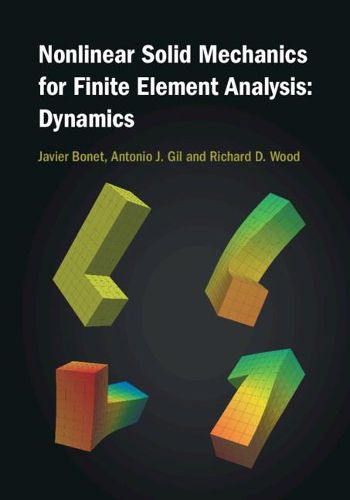Readings Newsletter
Become a Readings Member to make your shopping experience even easier.
Sign in or sign up for free!
You’re not far away from qualifying for FREE standard shipping within Australia
You’ve qualified for FREE standard shipping within Australia
The cart is loading…






Designing engineering components that make optimal use of materials requires consideration of the nonlinear static and dynamic characteristics associated with both manufacturing and working environments. The modeling of these characteristics can only be done through numerical formulation and simulation, which requires an understanding of both the theoretical background and associated computer solution techniques. By presenting nonlinear solid mechanics, dynamic conservation laws and principles, and the associated finite element techniques together, the authors provide in this second book a unified treatment of the dynamic simulation of nonlinear solids. Alongside a number of worked examples and exercises are user instructions, program descriptions, and examples for two MATLAB computer implementations for which source codes are available online. While this book is designed to complement postgraduate courses, it is also relevant to those in industry requiring an appreciation of the way their computer simulation programs work.
$9.00 standard shipping within Australia
FREE standard shipping within Australia for orders over $100.00
Express & International shipping calculated at checkout
Designing engineering components that make optimal use of materials requires consideration of the nonlinear static and dynamic characteristics associated with both manufacturing and working environments. The modeling of these characteristics can only be done through numerical formulation and simulation, which requires an understanding of both the theoretical background and associated computer solution techniques. By presenting nonlinear solid mechanics, dynamic conservation laws and principles, and the associated finite element techniques together, the authors provide in this second book a unified treatment of the dynamic simulation of nonlinear solids. Alongside a number of worked examples and exercises are user instructions, program descriptions, and examples for two MATLAB computer implementations for which source codes are available online. While this book is designed to complement postgraduate courses, it is also relevant to those in industry requiring an appreciation of the way their computer simulation programs work.